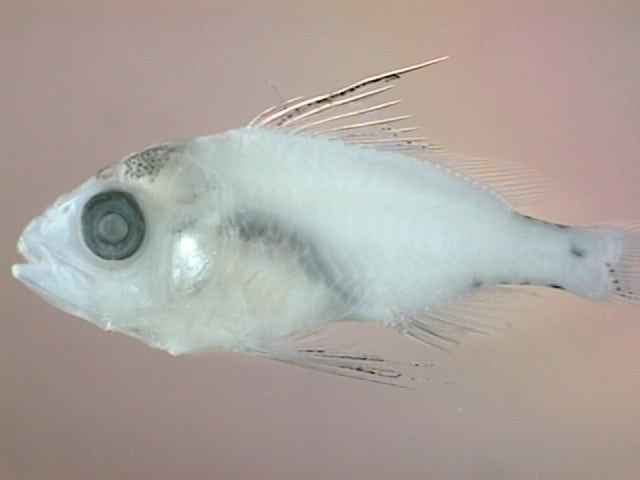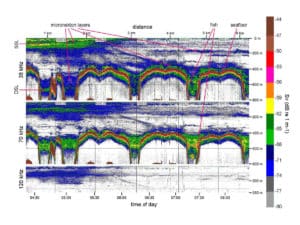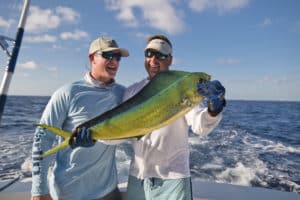
larval red snapper
The reef-dwelling species we love to catch — such as red and mutton snapper, various species of grouper, amberjack and on and on — are not generally born on the reef. Far from it — literally.
Most of these species spawn in open water, leaving their fertilized eggs to float near the surface.
Now, for the first time, a study using realistic 3D flow fields reveals how newly hatched fish begin orienting themselves in the big wide sea so they immediately start finding their way back to shallow waters (to settle, find cover and food, and grow into juveniles).
The University**** of Miami (Florida) study is in part entitled, “Orientation behavior in fish larvae.” It shows that even while these tiny larvae are capable of swimming at merely an inch or two per second, how they orient themselves (directionally, in the currents) is critical to their successful travel to suitable habitat.
The research team, part of UM’s Rosenstiel School of Marine and Atmospheric Science, determined that these tiny fish apparently possess the ability to sense cues radiating from the habitat to help them navigate and survive the pelagic (open-water) phase of their lives.
“This notion of ‘larval homing behavior’ is a new concept,” says UM applied marine physics professor Claire Paris, “but it makes sense ….” Scientists had been missing this important component, one that affects marine-population modeling.
This further suggests how critical is the health of reefs, according to UM Ph.D. student Erica Staaterman, like Paris, one of the study’s authors; it suggests habitat-based orientation cues stem from the reefs themselves.






